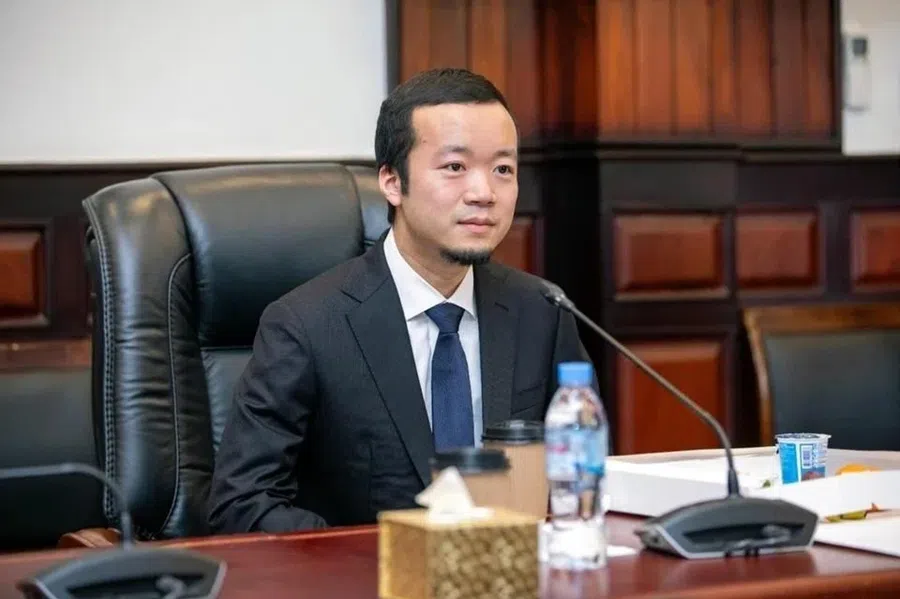How the US and China sleepwalked into a trade war
The tariff war is not just about trade; it reveals an inconvenient truth: the two powers are struggling to handle competition properly, says US academic Zhu Zhiqun. Both nations foresaw the conflict yet failed to avert it.
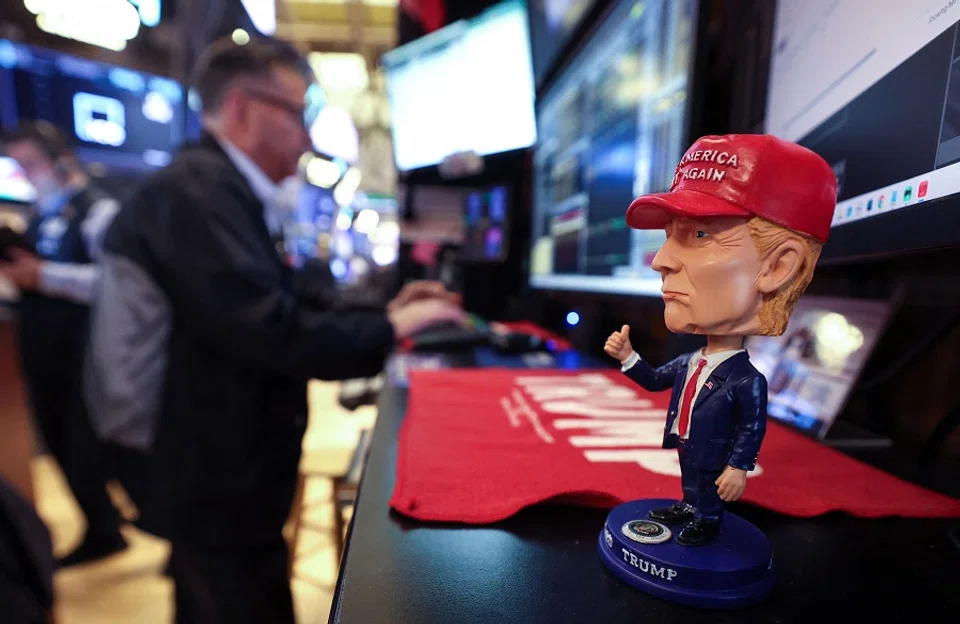
A week after announcing “reciprocal tariffs” on virtually all US trade partners on 2 April, President Trump paused tariffs for all other countries for 90 days but increased them to 145% on China. China is going out on a limb, engaging in a tit-for-tat tariff war. Trump claims that countries are dying to make deals with him. China’s recalcitrance must be extremely humiliating for him.
The tariff war reflects deep problems in US-China relations. America’s bipartisan, knee-jerk reactions to China’s rise with hostile and punitive policies, and China’s failure to assuage America’s anxieties about its decline have contributed to the sorry state of the bilateral relationship. The tariff war is not just about trade; it reveals an inconvenient truth: the two powers are struggling to handle competition properly.
Beijing has not done enough to address concerns and complaints from the American side, including the business community.
To make America great again, Trump has vowed repeatedly to eliminate America’s trade deficit and bring manufacturing jobs back. His solution is using high tariffs. China has insisted that disputes must be resolved through negotiations based on mutual respect and equality. However, Beijing has not done enough to address concerns and complaints from the American side, including the business community.
Both sides knew the tariff war was coming but failed to prevent it. The bilateral relationship started off well as Trump recaptured the White House. Xi gave Trump a congratulatory call, and Trump invited Xi to his inauguration. Xi sent Vice-President Han Zheng to Washington in his place, a friendly gesture since Beijing typically sends a lower-ranking official to attend such events.
Poor communication channels
However, communication channels between the two governments have not been smooth. On 24 January, Foreign Minister Wang Yi had a phone conversation with Secretary of State Marco Rubio, during which Wang used a four-character Chinese idiom to tell Rubio hao zi wei zhi, translated neutrally as “act accordingly” or more harshly as “conduct yourself well”.
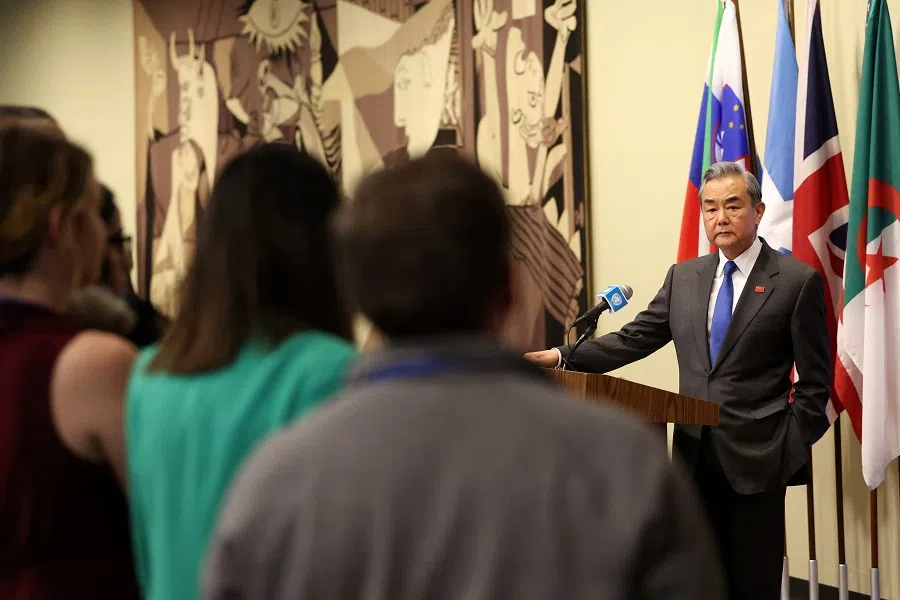
In the following weeks senior Chinese officials including Wang Yi tried to engage the Trump administration, they found only closed doors. Wang reportedly sought a meeting with Trump’s national security adviser Mike Waltz in February while he was in the US for a UN meeting but was unsuccessful.
Meanwhile, Trump suggested that he and Xi would have a call soon but insisted that Xi should reach out to him first. Though he has maintained politeness towards Xi and praises Xi as a smart leader, Trump clearly felt upset and snubbed by Xi’s inaction.
The Chinese conduct business differently. Typically, lower-level officials would iron out an agreement or at least reach some consensus before top leaders talk and make announcements. Unable to work out an agreement with their counterparts, Chinese officials must feel frustrated and disappointed. Lack of effective communication led to the eventual breakout of the tariff war.
All these are clear messages to Washington that the US is not China’s only market, and perhaps not an indispensable one either.
Beijing’s swift, multi-pronged responses to Trump’s new tariffs suggest that China is prepared for a protracted trade war. Beijing’s retaliation notwithstanding, it needs to double the efforts to reach out to the Trump administration to lower tensions.
Mutual trust deteriorating
In the midst of the tariff war, mutual trust continues to evaporate, putting future US-China relations in great jeopardy. Chinese authorities have issued advisories to warn Chinese tourists and students of potential risks of traveling or studying in the US now.
On 9 April the Chinese Communist Party held a central conference on China’s relations with neighbouring countries. Days later Xi travelled to Vietnam, Malaysia and Cambodia and called President Prabowo of Indonesia to mark the 75th anniversary of diplomatic relations. China has been working with Japan and South Korea to promote trilateral trade recently. Xi also hosted Spain’s Prime Minister Pedro Sánchez in Beijing on 11 April. All these are clear messages to Washington that the US is not China’s only market, and perhaps not an indispensable one either.
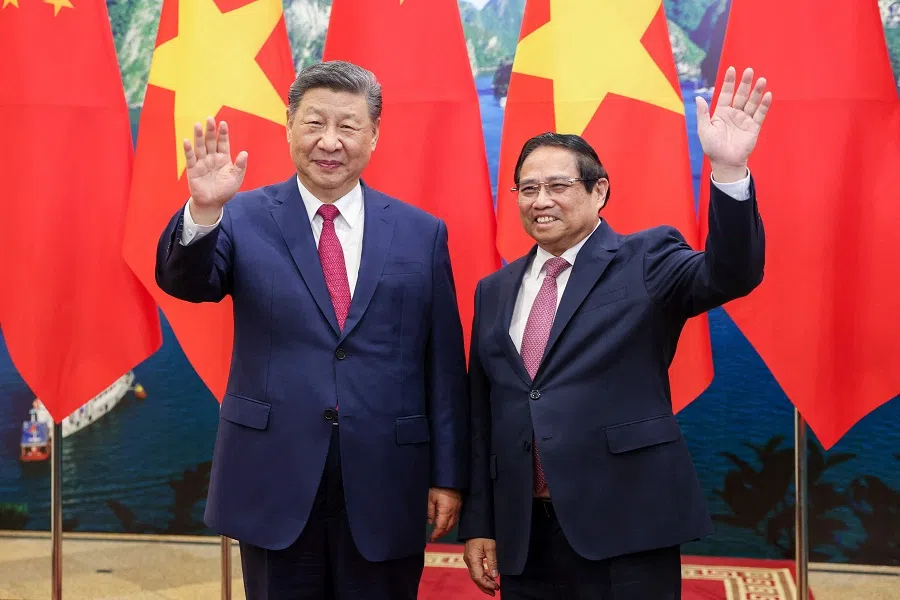
Indeed, China’s reliance on the US market has steadily declined since the first Trump administration. In 2018 China’s exports to the US accounted for 19.2% of its total exports, and in 2024 they dropped to 14.7%. China has been actively diversifying its international markets, with total exports to global south countries already surpassing those to developed nations.
Misunderstanding US decline
The tariff war will not cripple the two economies, but will hurt consumers on both sides and disrupt the global supply chain, causing economic distress worldwide. Trump’s desire to bring manufacturing jobs back to America and revive America’s middle class is understandable. However, reindustrialising America faces huge hurdles.
Decades of offshoring have drained critical manufacturing skills and dismantled essential supply chains in America. It takes years, if not decades, to rebuild these systems. In addition, American workers are more expensive than those in developing countries, making it difficult to bring back mass production without driving up consumer prices.
Even if the US can build factories, lack of raw materials and industrial components would stall any reindustrialisation ambition. Simply put, high tariffs will not protect American workers and industries.
Instead, it should encourage young Americans to study China and Chinese so that they can become more competitive globally.
No great power can maintain global supremacy forever. America’s relative decline is not caused by China or any other power. It is a result of what historian Paul Kennedy called “imperial overstretch” in his seminal book, The Rise and Fall of the Great Powers.
As an example, the US had around 750 military bases in at least 80 countries as of July 2021, and as of September 2022, there were over 170,000 active-duty troops across 178 countries. The actual number may be higher since not all data is published by the Pentagon.
Maintaining military personnel and facilities abroad is costly. If the US government cuts the ever-growing military budget and spends more on education, infrastructure and healthcare, Americans will live happier and be better prepared for competition with foreign rivals.
A win-win future?
Both countries need to focus on domestic problems that a tariff war cannot solve. China’s slow economic growth may create challenges for political and social stability. The Chinese government must identify ways to boost domestic consumption and stimulate growth. The US government needs to stop viewing China’s development as naturally menacing and destabilising. Instead, it should encourage young Americans to study China and Chinese so that they can become more competitive globally.
The US-China rivalry is not a game of chicken; it is a competition for the future, and that future can be created together.
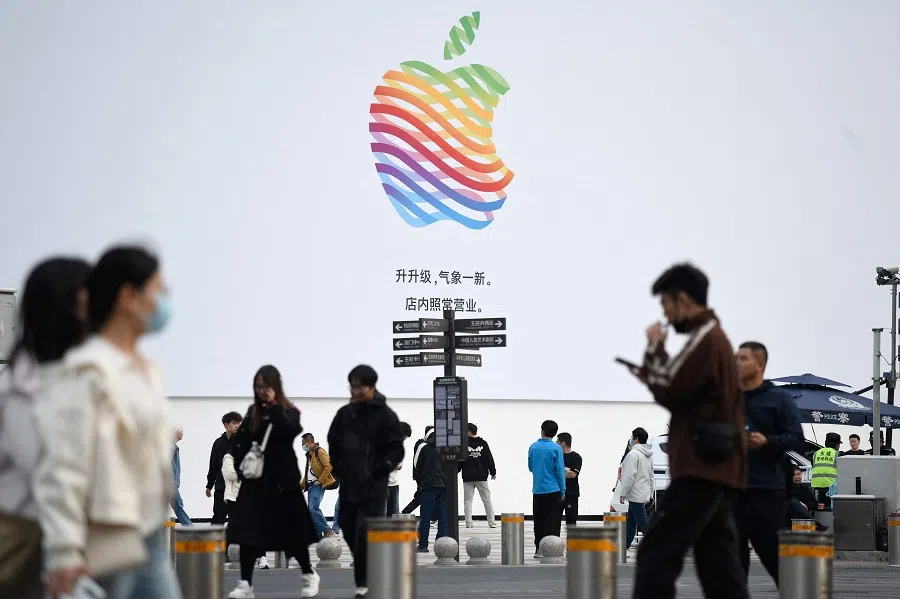
The US-China rivalry is not a game of chicken; it is a competition for the future, and that future can be created together. Both sides hold out hope for negotiations and seem ready for de-escalation from the tariff war. It is high time that political leaders on both sides demonstrated wisdom and courage to map out a viable path forward together.
Kishore Mahbubani, retired senior Singaporean diplomat and one of Asia’s greatest thinkers today, suggested in his acclaimed book Has China Won? that the question is not whether America or China will win, but rather whether humanity will win.
In this highly interdependent and globalised world, great power competition is not a zero-sum game. Rising tides lift all boats. For the interests of their own people, and for peace and prosperity of the international community, the two great powers must be realistic and learn how to live together and manage their relations constructively.




